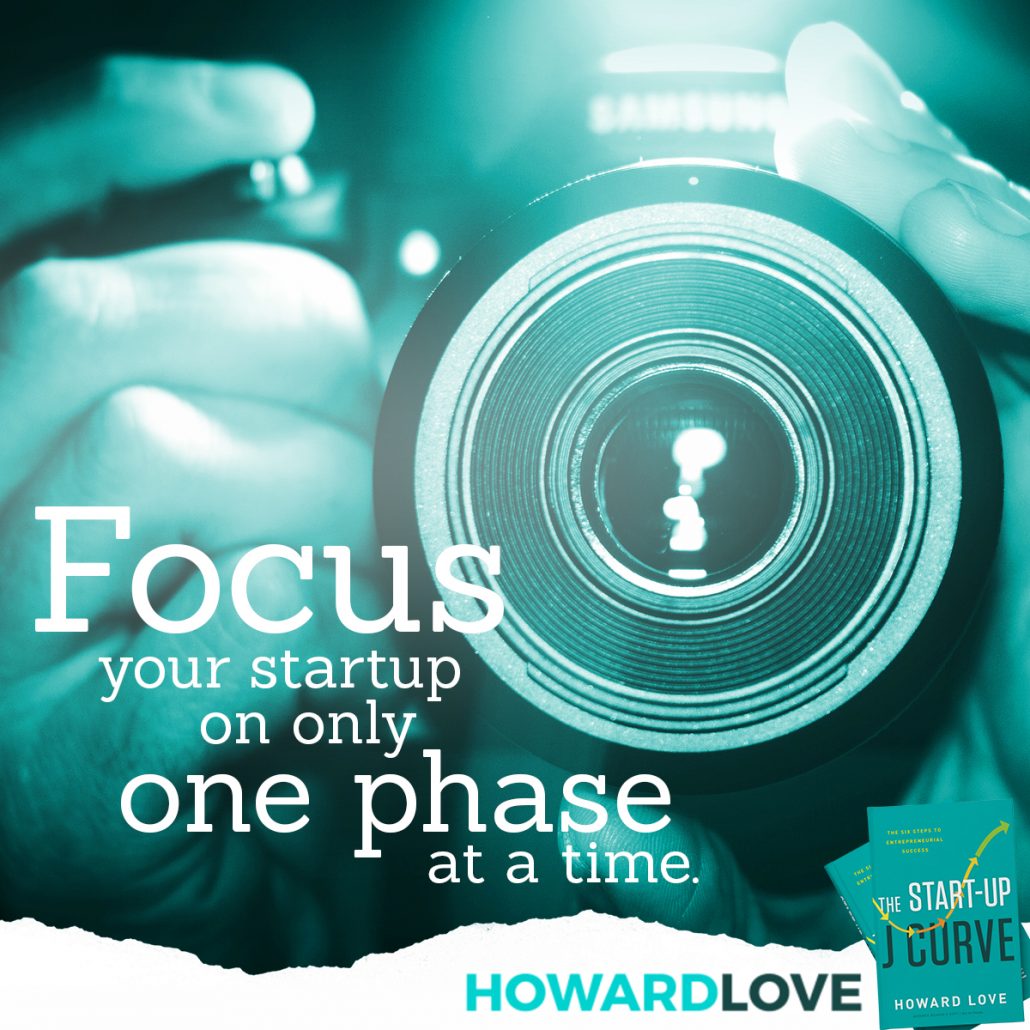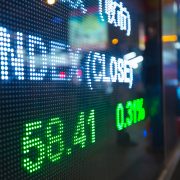Note: This article is not intended to provide investment advice, rather it reflects my personal style and observations over the past 35 years that I have been studying and practicing investing as an startup angel, VC, real estate and stock market investor. I believe that there is a different investment style for everyone and you need to find the one that you are most comfortable and that your personality is best suited. The method I follow is not for everyone, and it has subtleties and complexities that can only be appreciated over a very long time period of time. It also represents an “offensive” rather than “defensive” game. It focuses on maximizing wealth creation, not necessarily wealth preservation, and as such, can create wide swings in your portfolio valuation. It also looks best in a strong bull market such as we have enjoyed, and will look questionable at the bottom of a bear market. Many would consider this high risk, though I do not. I am not suggesting that you do this, instead I am explaining what I personally do. As they say: Consult with your investment advisor.
Today’s equity investment news and advice is heavily biased towards transactions and an implication that you improve your investment returns by jumping in and out of a stock or market (just watch CNBC for a few minutes). I think that the odds of becoming wealthy by jumping in and out of the market are very slim indeed. I’ve only met one person in my life who can genuinely do this for an extended period of time, and that was Stanley Druckenmiller. He worked for George Soros who could also play this game. I would guess there are another 5-10 in the world who can pull it off and produce above-market, after-tax returns over 10 years or more. Trust me; you can’t. Moreover, you wouldn’t even want to, because just trying would be all-consuming and likely make your life miserable.
What I have found to be most effective is precisely the opposite: Fewer trades and longer holding periods produce better returns. It’s worth noting that the average holding period of the primary investment of a person near the top of the Forbes 400 is over 40 years.
I’ve studied Warren Buffett endlessly, and I believe that the most overlooked aspect of his method and genius is the length of the holding period of his investments. The average holding period of his top 10 public investments is well over a decade. Also, ever notice how generally happy Warren is? He’s not stressing out about what second to sell a big position; I doubt he gives it much thought. And note that if you are not spending a lot of time on the question of when to sell, that allows more time to focus on the more important question of what and when to buy.
Ever wonder why for most people, their most significant asset is their house? It’s mostly because they have owned it the longest. Also helpful is that the government subsidizes the mortgage cost and that a mortgage is a form of forced savings. Finally, since it is not priced every day, people don’t have to wonder whether today is a good day to sell. They are also not inclined to sell it because they actually need a place to live. So the result is that it’s the one investment that, for most people, they own the longest.
The law of compounding is an investor’s best friend: Einstein called it the 8th wonder of the world. That law of compounding has two primary components – the rate of return and time. Of the two, you have limited control over the rate of return, but you do have control over the length of time that you hold an investment. Most people obsess over the specific investment but give little consideration to the length of time that they will hold that investment. Since I plan on holding the investment for a long period of time, it needs to have the characteristics that that will help it survive and thrive over a very long period of time. Typically, that means a business with a competitive advantage, that it has a “moat” to protect it from the competition and run by a capable and shareholder-friendly manager. Another positive effect of the long hold strategy is that it encourages you to front-load your analysis and try to get a reasonably high degree of certainty prior to investing that you have selected a great business. Time is the friend of a good business and the enemy of a poor one.
One key ingredient to holding investments for an extended period, paradoxically, is that you can’t need the money. You especially don’t want to get yourself in a situation where, when the market conditions are poor, suddenly you realize that you need that money to pay your mortgage. If you find yourself in that situation, your life will be miserable, and you won’t be able to sleep at night. The hardest part about holding investments for an extended period of time is to continue to hold them, indeed possibly buy more, when they go down in value – as all investments do from time to time. One needs to be able to ride out these bumps and still sleep at night. That’s why holding investments for a long period of time is truly a luxury. Ideally, you want another source of cash flow so you can invest on a regular basis.
Charlie Munger (Warren Buffett’s partner) once said that you should be prepared for your stock investments to decline by 50%; otherwise you shouldn’t be playing the game (paraphrased). To be clear, holding onto investments when they decline by 50% is very, very hard. Importantly, you don’t want to find out that you are not cut out for it at the bottom of the decline – that will just kill your returns. So, you need to ask yourself frequently, will I be OK if my portfolio declines by 50%. Better yet, ask yourself if you would have the guts to invest more when the market is down by 50%, and everyone you know is negative, and they are screaming at you on CNBC that anyone who owns stocks is an idiot.
While sometimes I think I could write a small book on the subtleties of this, there are a couple of essential points. First, one needs to be prepared for the fact that some investments will “round-trip,” meaning that after buying them, they will go up and then come right back to where you bought them and maybe lower. Also, some investments will be turkeys and head straight south, never to return. Finally, (and this is critically important) when you have a winner, it will become a large percentage of your portfolio if you don’t sell it. The common wisdom is that the “prudent” thing to do is to “take a little off the table.” While doing so may (or may not) be prudent, it can be counter-productive to wealth creation (as opposed to wealth preservation). An investor’s winners need to make up for the inevitable losers. Personally, I cringe when I hear the phrase “take some money off the table” or “take back my bacon” or “you never go broke taking a profit.” This is also very true in angel investing, and in fact there is a term for it called the power law. Maximizing the winners is so important because you know there will be losers – including plenty of wipeouts. So if you never sell, you hopefully end up with what most would consider an “unbalanced” portfolio, which again I don’t see as a bad thing (though many do). After all that is what I wanted – for one or a small handful of stocks to just take off and never look back.
As I explain in my book, The Start-Up J Curve, I follow this philosophy in my angel and venture investments as well, often much to the surprise of the founders I invest in. They know that most of their investors want “liquidity” and often feel very real pressure to deliver that. Personally, I am usually chagrinned when my successful angel investments are sold. When I get the proceeds from that sale, I am grateful, but now I need to go try to find another great company and I know that is very, very hard. I’m also likely going to have to suffer through the long, cold winter of the Start-up J Curve (ouch). I also wince when I see venture capital funds I am invested in sell early and I would argue that it generally hurts their returns.
How long is a long holding period? I’d say the longer, the better, but you want to be thinking 10-15 years or more. The goal is to have a significant investment in a company that stands the test of time and keeps working for you every day, year in and year out. I don’t personally think in terms of holding period, as I want to hold my investments forever – because I believe that You Can’t Get Rich Selling!
Important note: Again, I am sharing my personal observations and investment style, which may not be appropriate for you and your financial situation. Consult with your financial advisor before making any investments.










